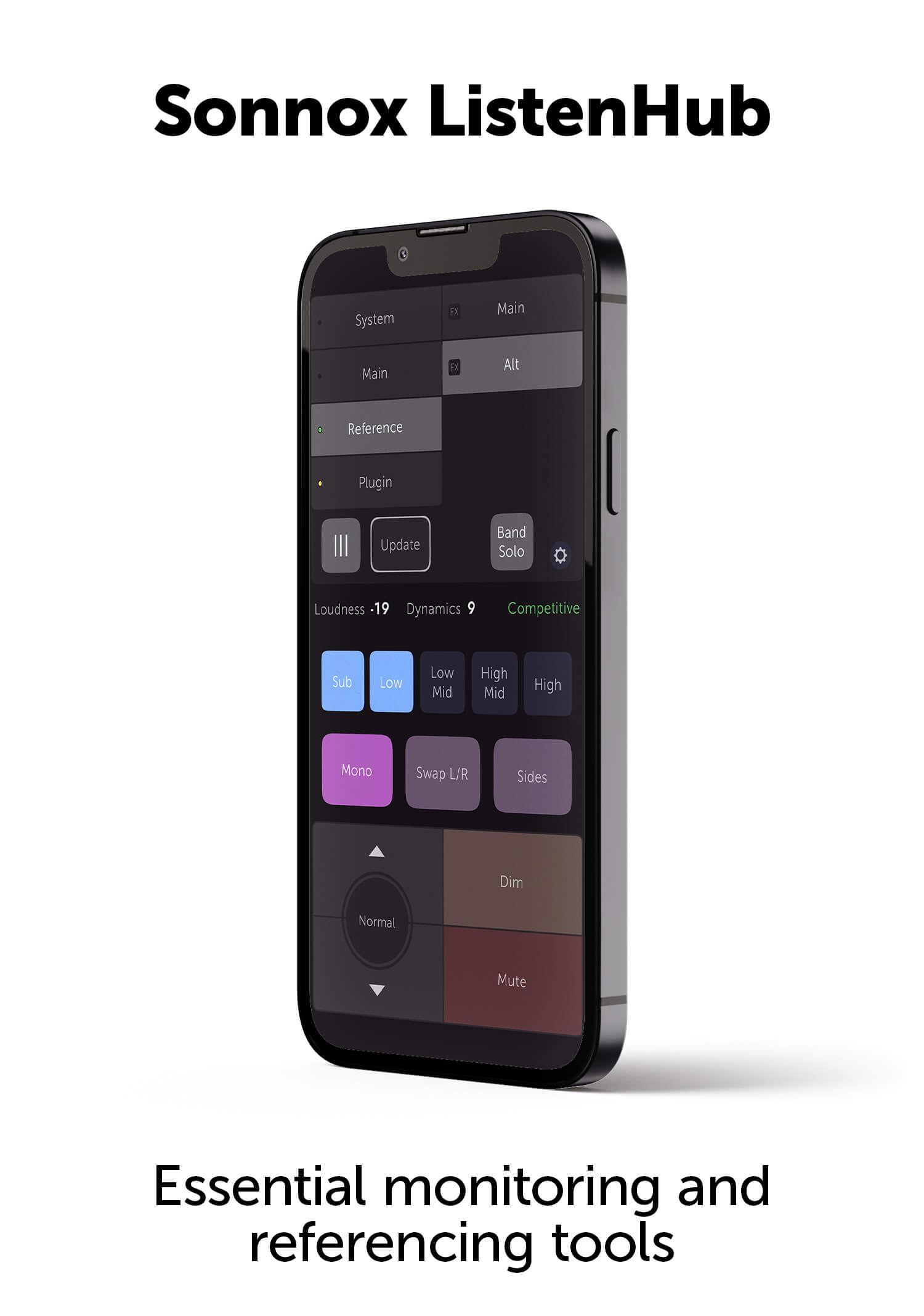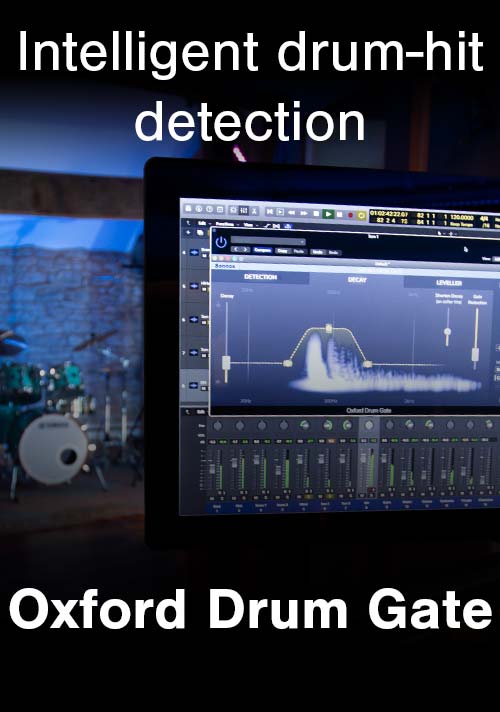Warren Sokol
Universal Mastering - Speeding Up Workflows with the Fraunhofer Pro-Codec

With over 20 years' experience in professional audio, Warren Sokol has seen his share of changing technologies. But in his current position as a production and mastering engineer at Universal Mastering Studios in Los Angeles, where he’s worked on projects ranging from Paul McCartney – “Live at Capitol Studios” to Moody Blues “Days Of Future Past”, Peter Frampton and Lana Del Ray, he’s crossed paths with something truly new – the Sonnox Fraunhofer Pro-Codec. We caught up with him recently to dig further into his use and integration of the Pro-Codec into their current workflow.
How long have you been doing this type of work?
I’ve been doing audio recording and mixing for almost 20 years and mastering for about 10 years now.
What’s the setup at Universal Mastering?
We run three mastering studios and four production rooms here. Mastering is for both the labels under Universal and for third party clients. The production rooms are mainly for label work, editing UPC ISRC codes and Quality Control projects. Within the three mastering rooms, we have one with Lipinsky speakers, one with Dynaudio’s and the third running PMC’s.
What DAW system are you using?
We’ve been using SoundBlade as our main DAW with one source system and one master system. We’ll run the source computer through our processing into the mastering computer.
How are you making use of the Fraunhofer Pro-Codec?
We’ve been doing a large project for a major computer company that involves specific mastering for AAC and MP3 files. If we wanted to do that the traditional way, it would take 9 to 10 hours for each album. That’s because you have to listen to it, process it, and then encode it for AAC or MP3. Then, if there’s a problem, you have to go back and from memory, make the changes and listen again. It can be tedious.
The Pro-Codec lets us do these sessions economically. It turned what would have taken 10 hours into a 3 or 4-hour job. We actually weren’t going to be able to do the job until I brought up the fact that Sonnox had introduced a real-time plug-in designed for this type of project. It actually brought in some business that wouldn’t have been here otherwise. It’s truly amazing.
How does your workflow take place?
It’s been called adaptive mastering - adapting for AAC and the different codecs. Sometimes we receive source mixes that have to be mastered to match the most recent CD release. Other times we’ll receive a 24-bit/96 kHz master file that’s already been mastered for CD that needs to be adapted.
So we’ll start with our source and run the audio through whatever processing happens to be going on. Then it goes through a real-time sample-rate converter down to 44.1KHz. Using WaveLab, we’ll then run it through the Sonnox plug-in. The Pro-Codec gets used for both monitoring and metering.
On some older catalogue material we’re taking the latest CD release, and comparing that to what’s coming out of the AAC codec in real time. So we listen to that with the understanding that there might be a little bit of veiling of the high frequencies, or maybe a little loss of stereo width. If we hear something like that, we’ll make changes accordingly. We then record a 24-bit/96kHz file, which gets sent to all the aggregators to do their encoding from. They don’t want the AAC file, because some of their material goes to AAC, some to MP3. So it’s basically preprocessing before the codec.
Can you elaborate on the metering?
Metering actually helps out a lot. One of the things that we found is that the changes in sound are very program dependent. For example, a jazz piece that’s very different in stereo from side to side can be affected a lot more or a lot less by the encoding than say a Nirvana or Metallica song that’s a very dense mix. But even more than the differences in mixing, the amount of limiting applied - or just how loud it is - can really cause a lot more distortion and artifacts after encoding than something that’s not heavily limited.
That situation is often related to gain. I had a release just the other day that was heavily limited. Just putting that through the sample-rate conversion to 44.1 and going through the Pro-Codec, I was clipping by 2 dB! It wasn’t clipping going in - it was just that amount of limiting and how it affects the artifacting that was causing the clipping. It helps a lot to be able to see that in real-time with the Pro-Codec clip meters, and just turn it down. We can then be confident that when it does get encoded, it’s not going to have those problems.
How many Pro-Codecs do you run there?
We currently have three, and we’ll probably be getting two more within the next few months. That’s just because of the amount of adaptive mastering that we’re doing now and hopefully in the future.
Interestingly we’ve been offering this service to independent and label artists. Most third party clients are going to be selling their music on the Internet somehow or going to be sending out the MP3’s or AAC’s themselves from their own websites. So we offer it as way to listen to a number of different codings to see which sounds best. I’ve been using Sonnox plug-ins for years, but this one has literally created a new revenue stream for us. It truly makes our lives a lot easier.
Interview and editorial provided by Rich Tozzoli




